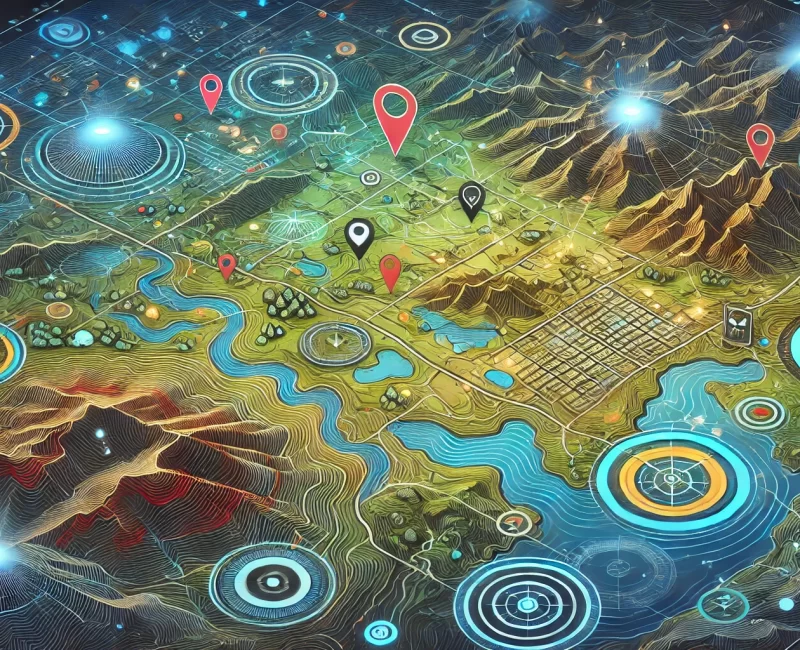
Is WordPress better than Craft CMS?
WordPress and Craft CMS are both powerful content management systems (CMS), but they cater to different types of users and project needs. Here’s why WordPress is often considered better than Craft CMS, depending on your requirements:
Table Of Contents
Ease of Use
- WordPress: Known for its user-friendly interface, WordPress is easy to set up and manage, even for those with limited technical knowledge. Its dashboard is intuitive, and a large number of pre-built themes and plugins make building a website straightforward.
- Craft CMS: While Craft CMS has a clean and well-organised interface, it is geared more towards developers. Setting up and customising a Craft CMS site requires more technical expertise.
Large Ecosystem of Themes and Plugins
- WordPress: It has a vast library of free and premium themes and plugins (over 60,000 plugins and thousands of themes). This allows you to extend functionality easily without needing much coding knowledge. You can add features like SEO tools, social media integrations, and e-commerce capabilities with just a few clicks.
- Craft CMS: Craft CMS has fewer plugins and themes available compared to WordPress. While the plugins available tend to be high-quality, the smaller ecosystem means more custom development work may be required for features that WordPress offers out of the box.
Community and Support
- WordPress: With a large global community of developers, designers, and users, there is a vast amount of tutorials, forums, and documentation available. Support is easy to find, whether through official forums, third-party websites, or social media groups.
- Craft CMS: Craft CMS has a smaller but dedicated community. While its support is excellent, with solid documentation and responsive developers, the overall ecosystem is less extensive, meaning you might have fewer resources when troubleshooting or seeking advice.
Cost
- WordPress: WordPress is open-source and free to use. Many plugins and themes are also free, though some premium ones require payment. This makes WordPress a more budget-friendly option for small- to medium-sized projects.
- Craft CMS: Craft CMS has both free and paid versions, but for more advanced features (like multi-site management, custom user permissions, etc.), you will need to purchase Craft Pro. Craft also typically involves higher development costs due to its customisation needs.
SEO Capabilities
- WordPress: SEO in WordPress is easy with the help of plugins like Yoast SEO, which makes managing SEO settings user-friendly even for non-experts.
- Craft CMS: While Craft CMS offers strong SEO capabilities, it often requires more manual setup or coding to achieve the same level of ease as WordPress. It’s more flexible but less user-friendly in this respect.
Customisation and Flexibility
- WordPress: WordPress is highly customisable with plugins, but it does have some limitations in terms of complete flexibility. However, if too many plugins are added, some users may run into performance issues due to bloated code.
- Craft CMS: Craft CMS shines in customisation and flexibility. It allows developers to create highly tailored content structures and workflows, which makes it more suitable for complex websites. However, this advantage mainly applies to developers or advanced users.
Scalability and Performance
- WordPress: While WordPress is suitable for a wide range of sites, from blogs to e-commerce, performance can become an issue with huge or complex websites, especially if they rely heavily on plugins.
- Craft CMS: Craft CMS is known for its performance and scalability. It is built to handle large-scale, complex websites more efficiently than WordPress, with less risk of bloating or performance slowdowns.
Security
- WordPress: Due to its popularity, WordPress is often a target for hackers, and vulnerabilities can arise from outdated themes or plugins. However, there are many security plugins and regular updates that help mitigate these risks.
- Craft CMS: Craft CMS tends to be more secure out of the box because it is less widely used and has a more controlled codebase. Custom-built sites with Craft also tend to have fewer third-party integrations, reducing the potential attack surface.
Multisite and Multilingual Capabilities
- WordPress: WordPress has built-in multisite functionality and many multilingual plugins, making it a decent option for those who need to manage multiple websites or support various languages.
- Craft CMS: Craft CMS has strong multilingual and multisite capabilities, but only in its paid versions. It’s often considered a more flexible and scalable solution for larger projects with complex multilingual needs.
Content Editor Experience
- WordPress: WordPress offers a familiar and straightforward content editor, Gutenberg, which is block-based and user-friendly for non-technical content creators.
- Craft CMS: Craft CMS offers a more flexible content-editing experience, featuring custom fields and matrix blocks tailored to specific content needs. However, it necessitates a more extensive initial setup, making it more appropriate for developers or advanced users.
Concluding Thoughts
- WordPress is better for users who want a quick, easy-to-use, affordable solution with a wide range of ready-made plugins and themes. It’s ideal for small businesses, bloggers, and non-technical users.
- Craft CMS is better suited for developers and companies that require a highly flexible, scalable, and customised solution, particularly for larger, more complex websites.
WordPress is typically the better option if ease of use, community support, and budget are key concerns. However, if you need complete customisation and are willing to invest in development, CraftCMS might be more suitable.









